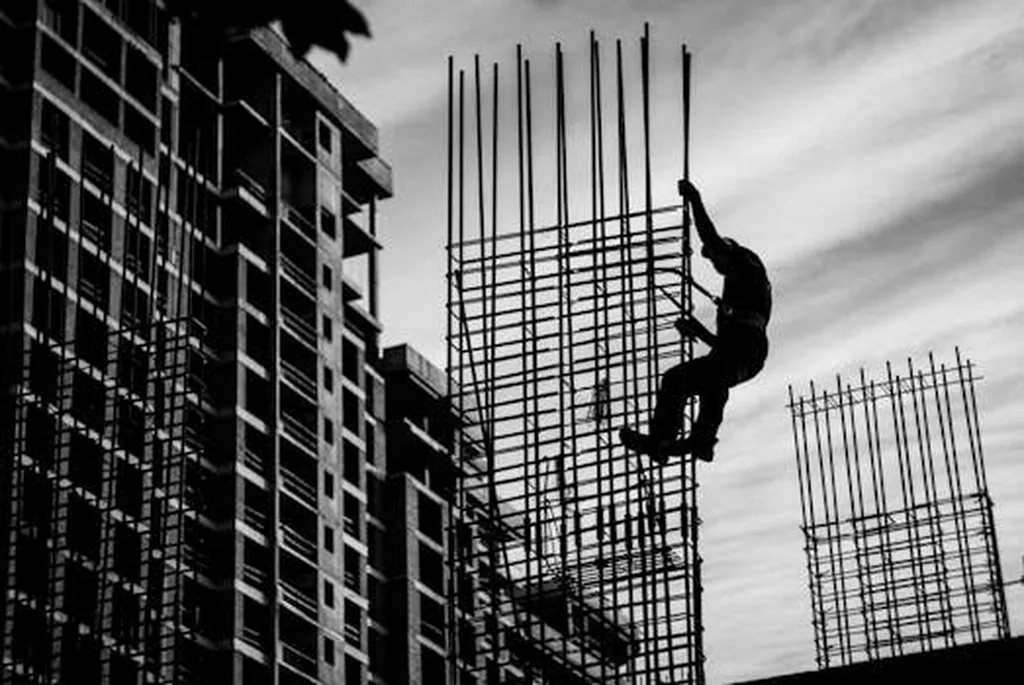In the heart of China’s rapid urbanization, a groundbreaking study led by Jiale Chen from the Institute of Geological Survey of China University of Geosciences (Wuhan) is reshaping how we understand and assess building vulnerabilities. Published in the journal *Smart Cities* (translated as *智慧城市*), Chen’s research introduces a novel framework that considers the often-overlooked impact of human engineering activities on disaster risk, offering significant implications for urban planning and the energy sector.
Traditional vulnerability assessment models for buildings (VAB) have long focused on geological and structural factors, but they frequently miss a critical piece of the puzzle: the role of human activities. “We realized that the intensity of human engineering activities, such as construction and city expansion, significantly influences disaster risk,” Chen explains. “Our goal was to create a more comprehensive model that accounts for these dynamic factors.”
The study introduces VAB-HEAIC, a framework that integrates three dimensions of vulnerability: geological environment, building attributes, and the dynamics of human engineering activity. By leveraging historical high-resolution imagery, the researchers constructed a human engineering activity intensity change indicator, quantifying variations in both road network density and building density.
To evaluate the effectiveness of their model, the team applied four machine learning algorithms—Support Vector Regression, Random Forests, Back Propagation Neural Networks, and Light Gradient Boosting Machines—each coupled with four hyperparameter-optimization techniques and three data augmentation strategies. The optimal configuration, Light Gradient Boosting Machines tuned with Differential Evolution and enhanced via bootstrap resampling, yielded an impressive Root Mean Squared Error (RMSE) of 0.3745.
The implications of this research are far-reaching, particularly for the energy sector. As cities expand and infrastructure becomes more complex, understanding the vulnerability of buildings to geological hazards becomes crucial for ensuring the resilience of energy infrastructure. “By incorporating the intensity of human engineering activities into our assessments, we can better predict and mitigate risks, ultimately leading to more robust and sustainable urban planning,” Chen notes.
The study’s findings offer a more comprehensive methodology for urban disaster risk management and planning. By explicitly accounting for the role of human activity in building vulnerability, cities can make more informed decisions about where and how to build, ultimately reducing the risk of disasters and enhancing the resilience of urban infrastructure.
As urbanization continues to accelerate, the need for sophisticated vulnerability assessment models becomes ever more pressing. Chen’s research provides a valuable tool for urban planners, policymakers, and energy sector professionals, offering a more nuanced understanding of building vulnerabilities and paving the way for more resilient and sustainable cities.

